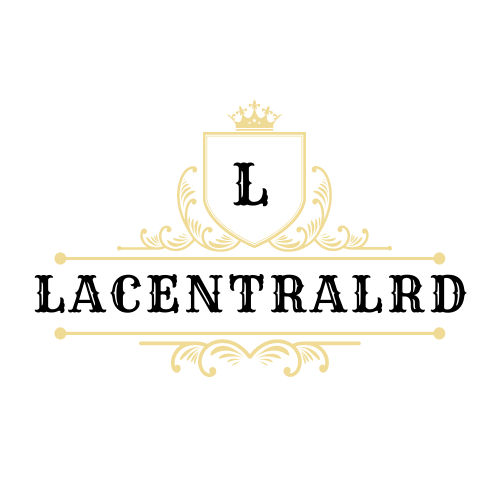It’s crucial to cut back on your energy consumption if you want to save money on your energy bill and contribute to the reduction of carbon emissions. Even if you are on a tariff that only uses renewable energy, the quantity of electricity you use will still impact your monthly costs. Turning the current down is the most effective approach to saving costs.
The following is a list of some easy adjustments that may be made to increase your home’s energy efficiency.
Table of Contents
Switch Energy-Efficient Appliances:
Taking charge of the energy consumption in your house can be accomplished in several ways, one of which is by investing in high-efficiency appliances. Be on the lookout for home appliances marked with the ENERGY STAR® label in yellow whenever you go shopping. These home appliances have a lower power consumption than more conventional ones and may even make you eligible for incentives.
Insulate Your Walls, Attic, and Roof:
You may significantly improve your home’s energy efficiency and make it more comfortable by adding insulation to the walls. In the absence of adequate insulation, some of your HVAC system’s warm or cool air will escape from your home. Because of this, more energy will be required to maintain a consistent temperature inside your house, increasing the amount of electricity consumed. You might want to consider examining the insulation in every room of your home for any gaps.
Invest in Smart Devices for Home:
Automating your home appliances and other areas of your home with the help of modern technology is yet another approach you may take to reduce the amount of energy that your home consumes. People who are always on the move may find this feature especially helpful because it enables them to monitor and alter their energy use through certain gadgets remotely.
Unplug Devices When Not in Use:
If you are concerned about the kilowatts required to power your home, you should probably consider disconnecting your devices while they are not in use. Doing so will guarantee that your gadgets use the least amount of feasible energy.
Limit Your Energy Consumption:
Whether it’s something as basic as turning the lights off when you leave a room or doing fewer laundry, changing behaviors that waste energy can help lower the amount of electricity typically used in a house.
Schedule a Home Energy Audit:
An energy audit of your house can aid you in locating a variety of typical energy concerns. That may exist in your dwelling. You and your family can better prioritize changes to your house with an experienced electrician. Who can pinpoint the devices in your home that are the largest energy consumers.
The Bottom Line:
Being energy-efficient does not mean that you should turn off all your appliances. Sit in the dark, but rather that you should learn to manage your energy more effectively. Since the COVID-19 Pandemic, a significantly larger number of individuals are now working from home. Hence, emphasis on acquiring the knowledge necessary to conserve energy has become mandatory.
Are you interested in learning how to efficiently reduce your household’s energy use? Contact the energy experts at Utility Bidder to get a comprehensive guide on energy efficiency.
Visit for more articles






